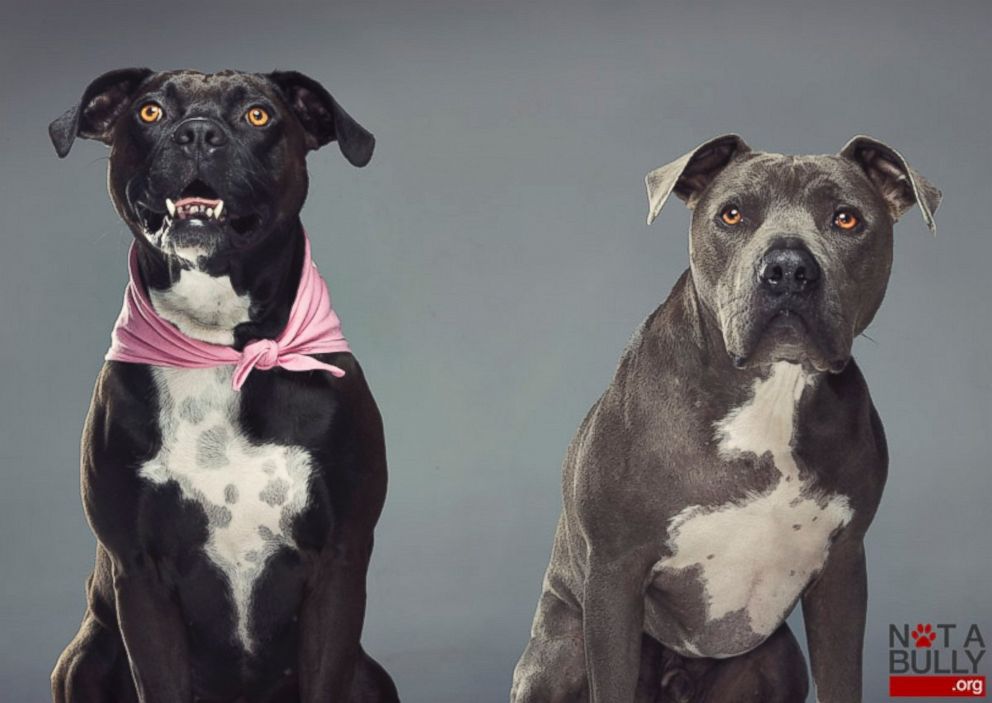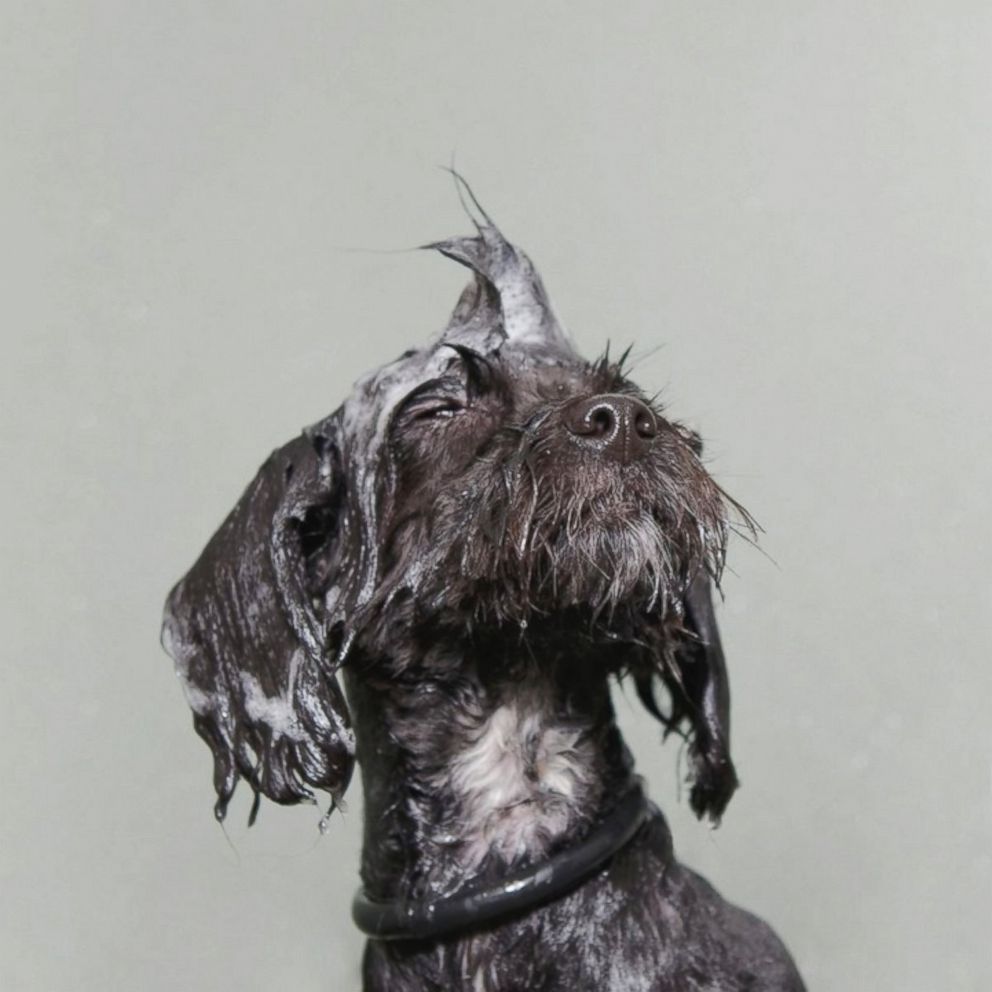Hurricane Katrina's Deep, Emotional Canine Impact
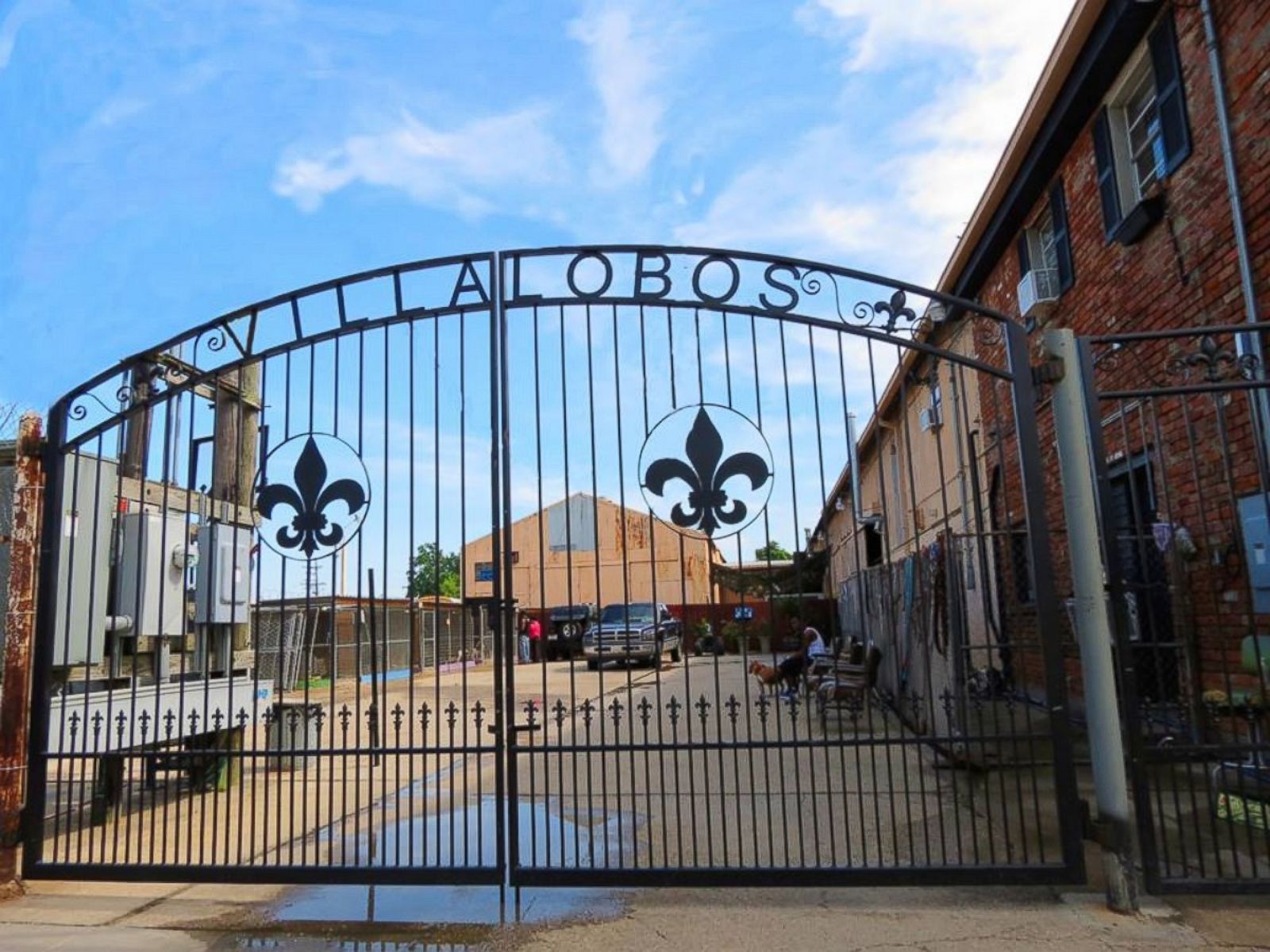
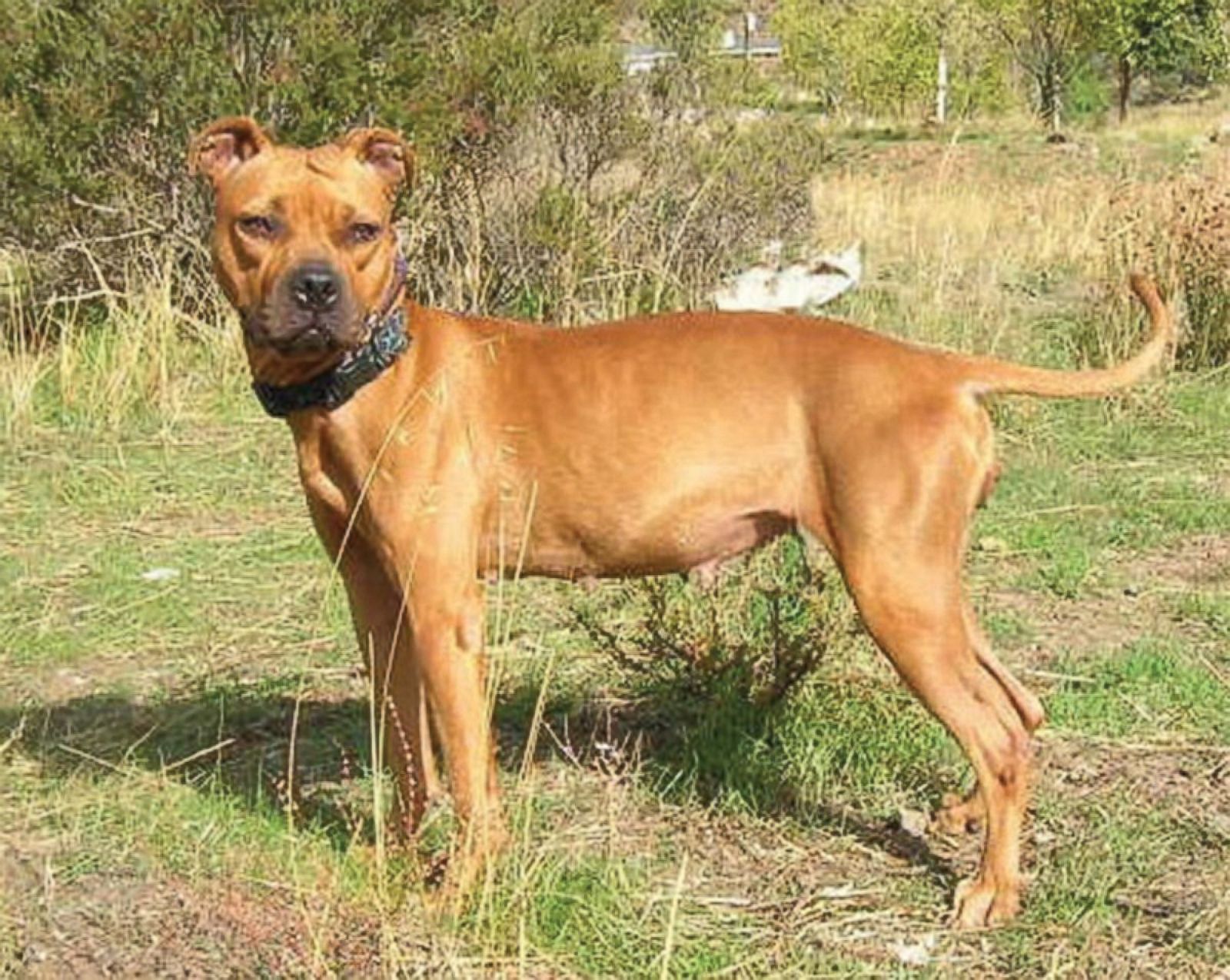
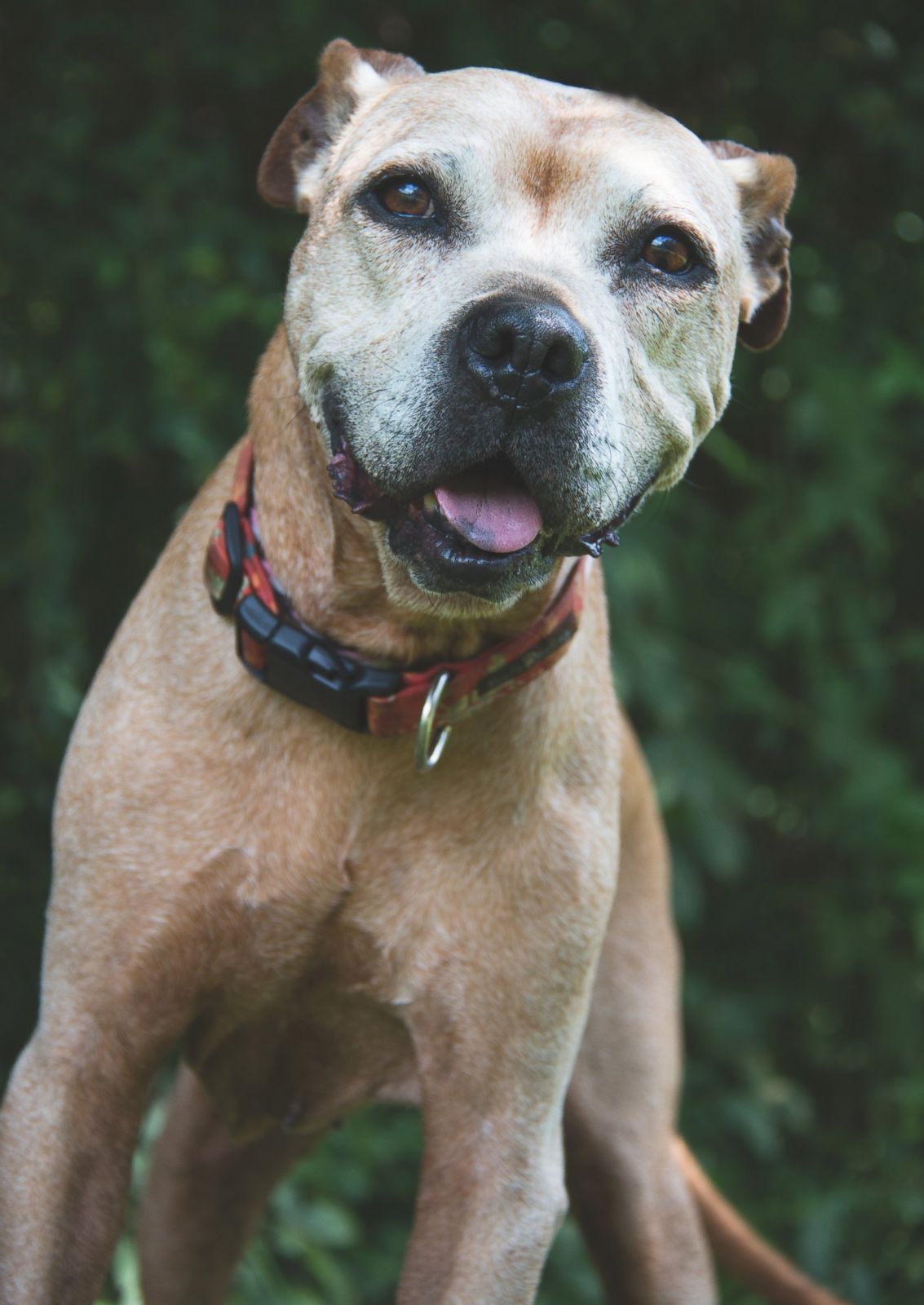
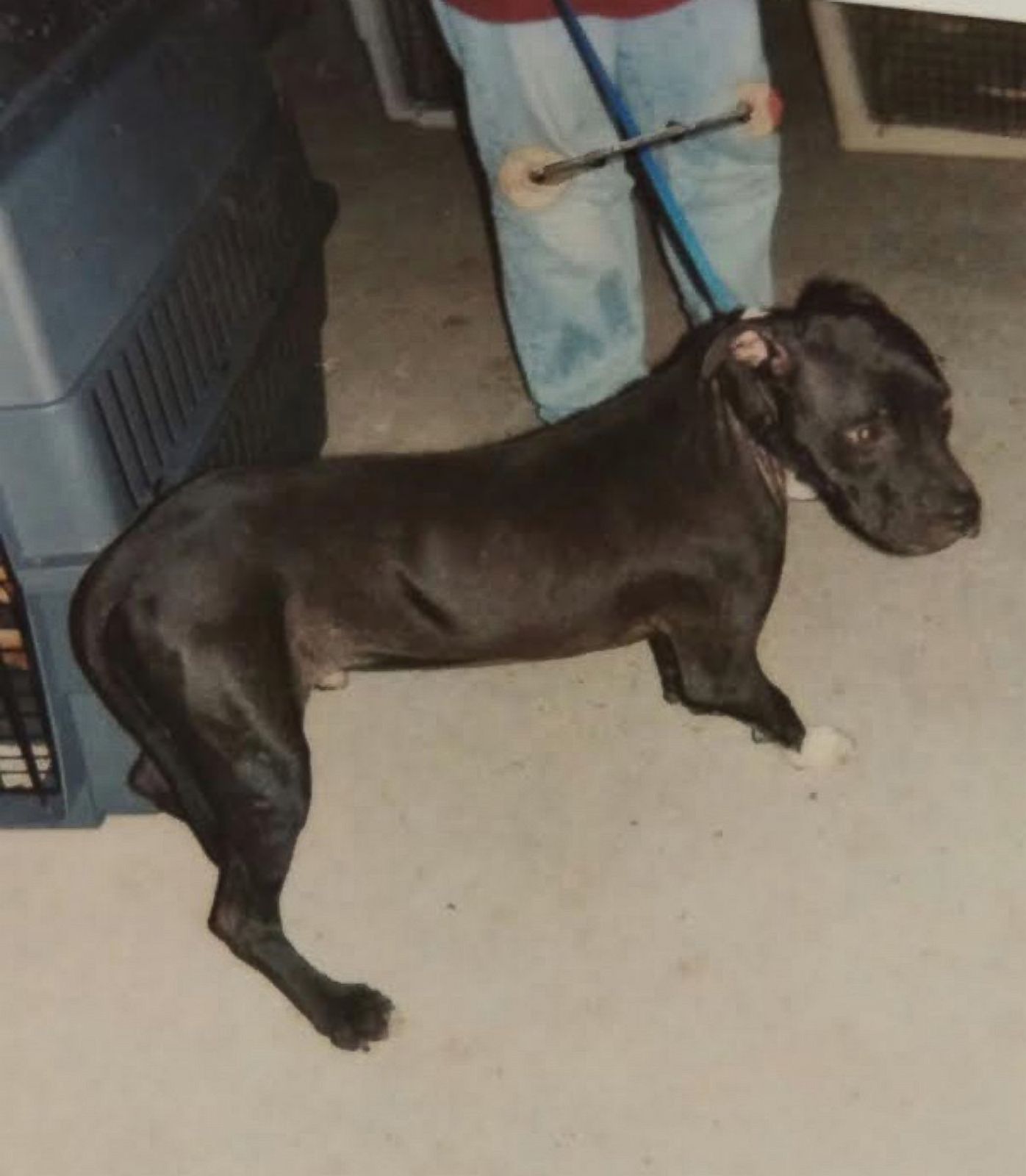
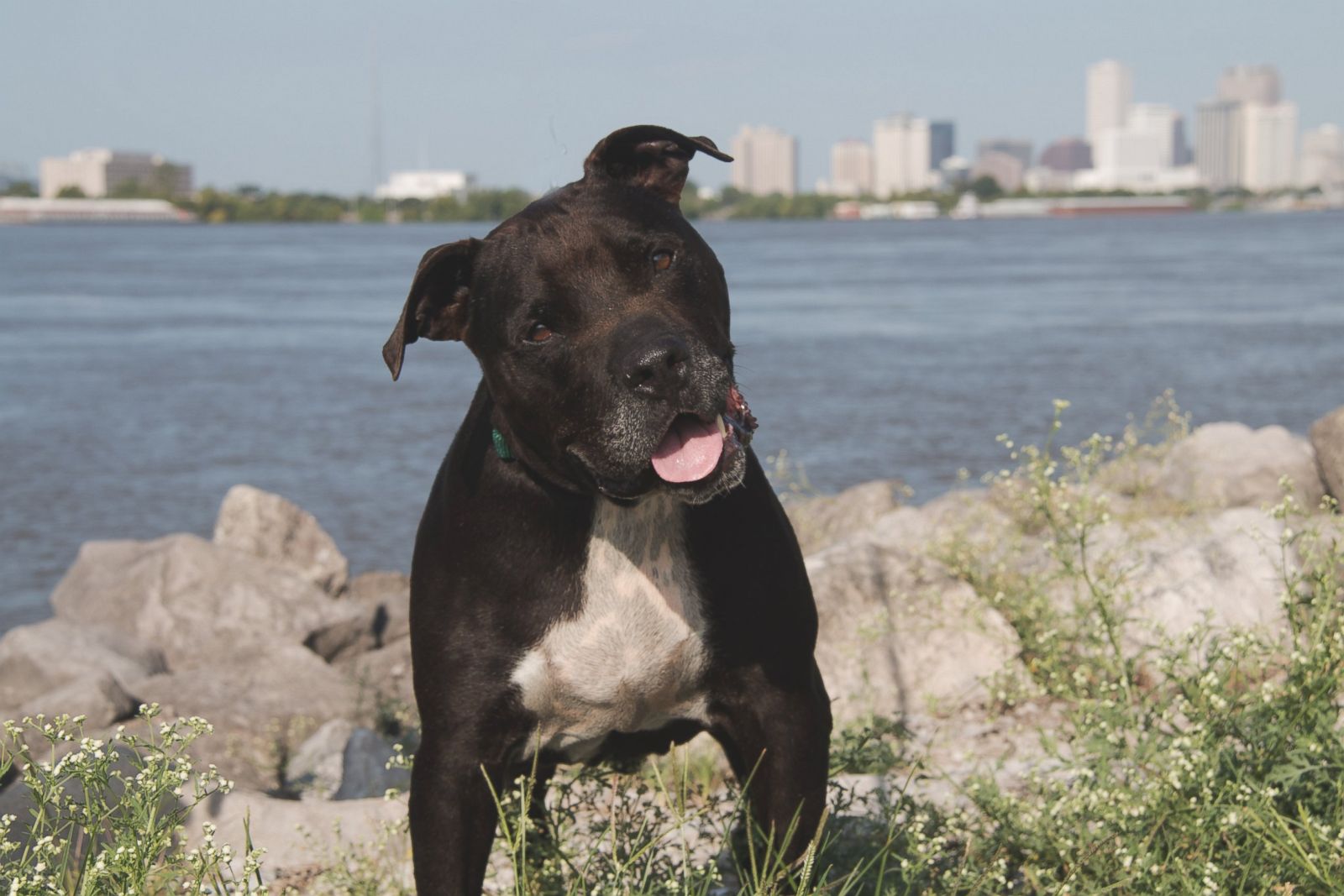
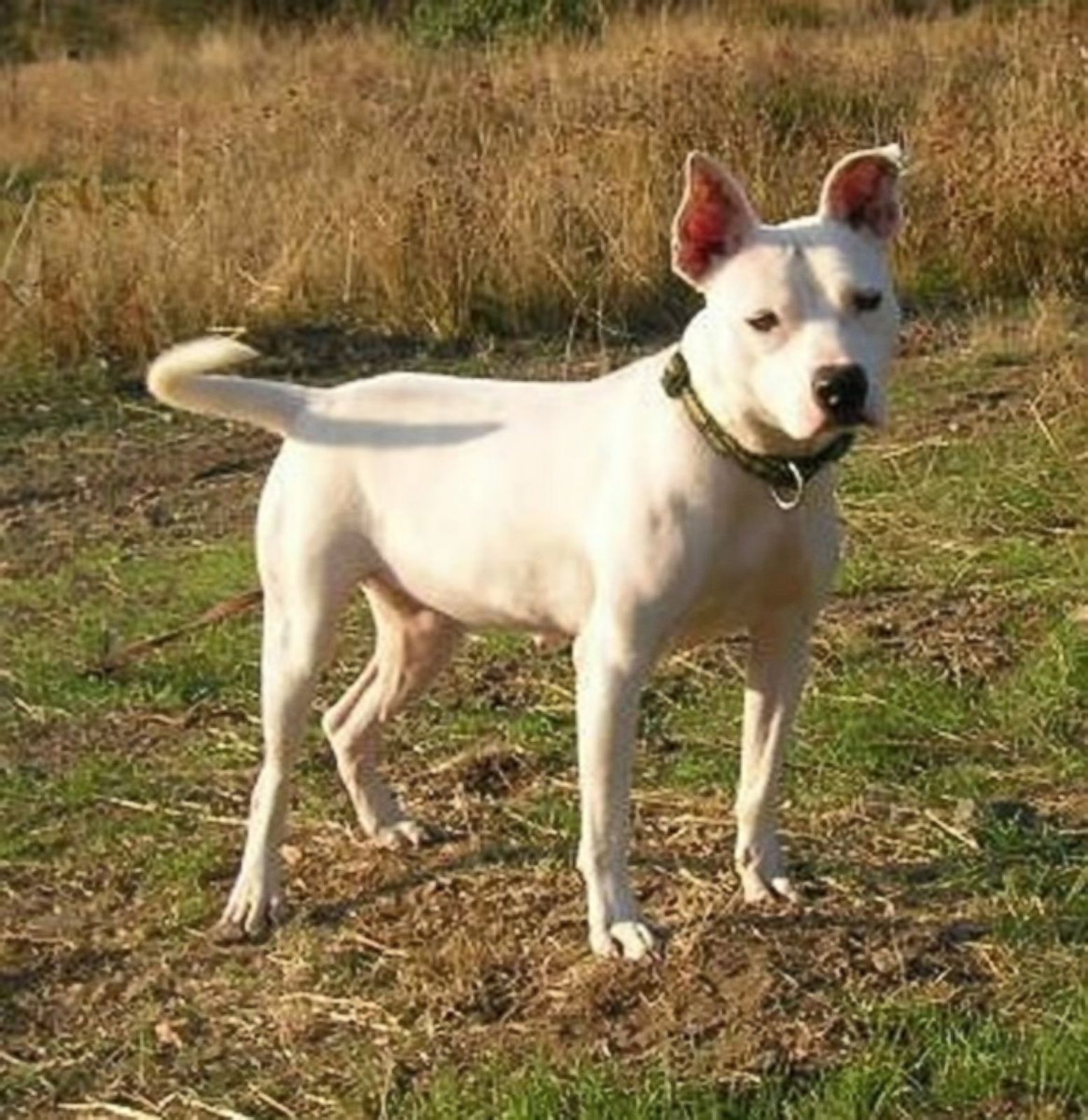
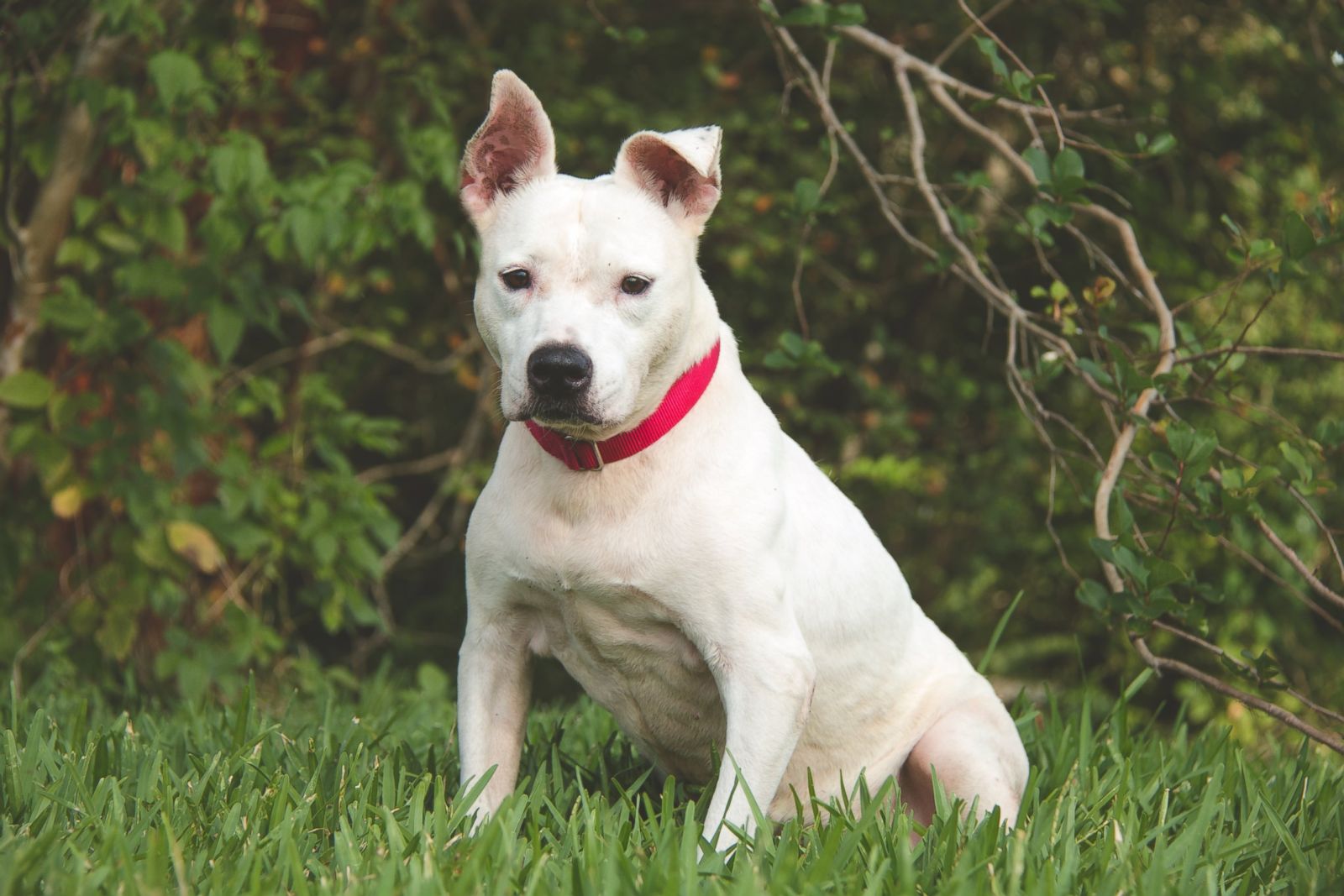
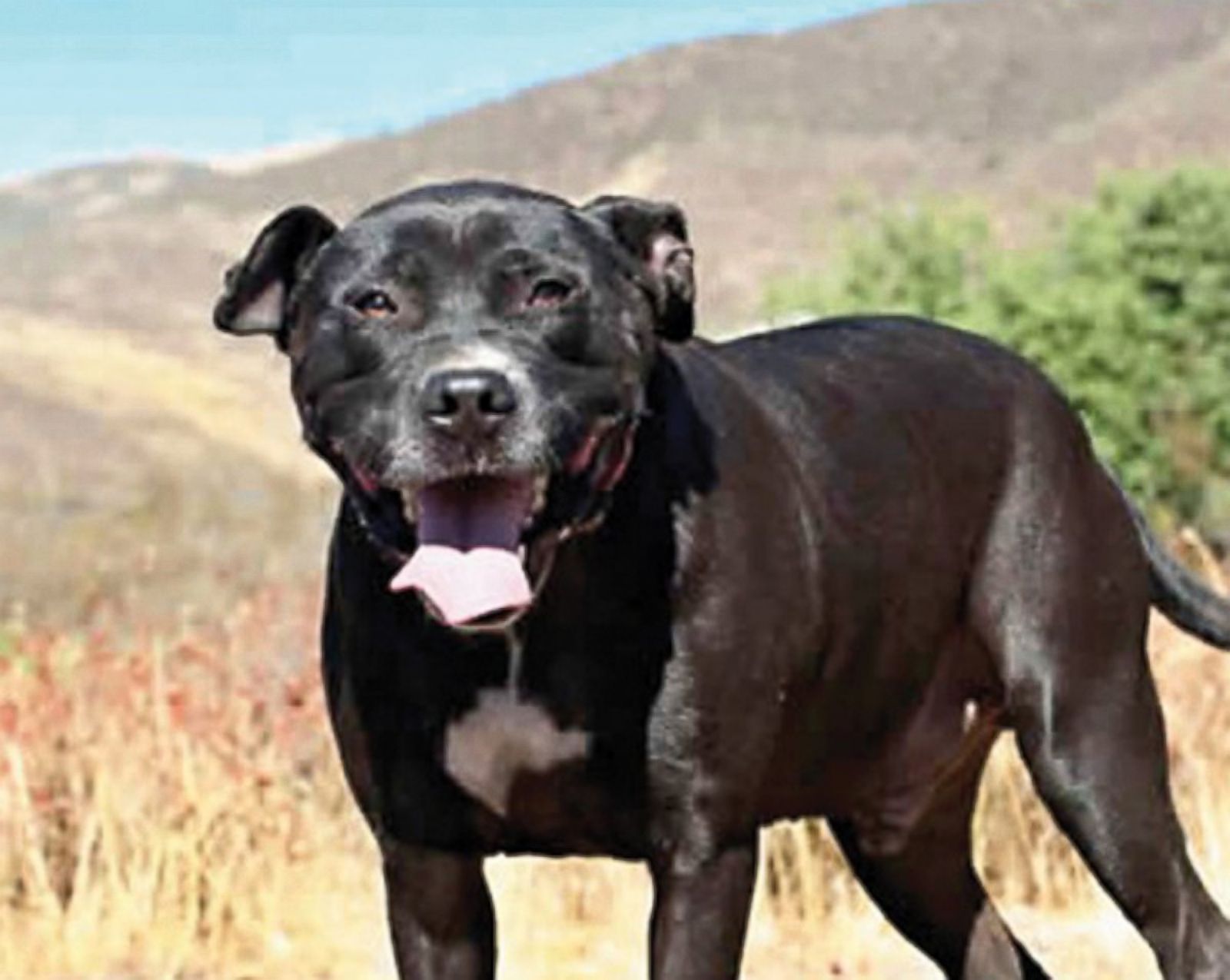
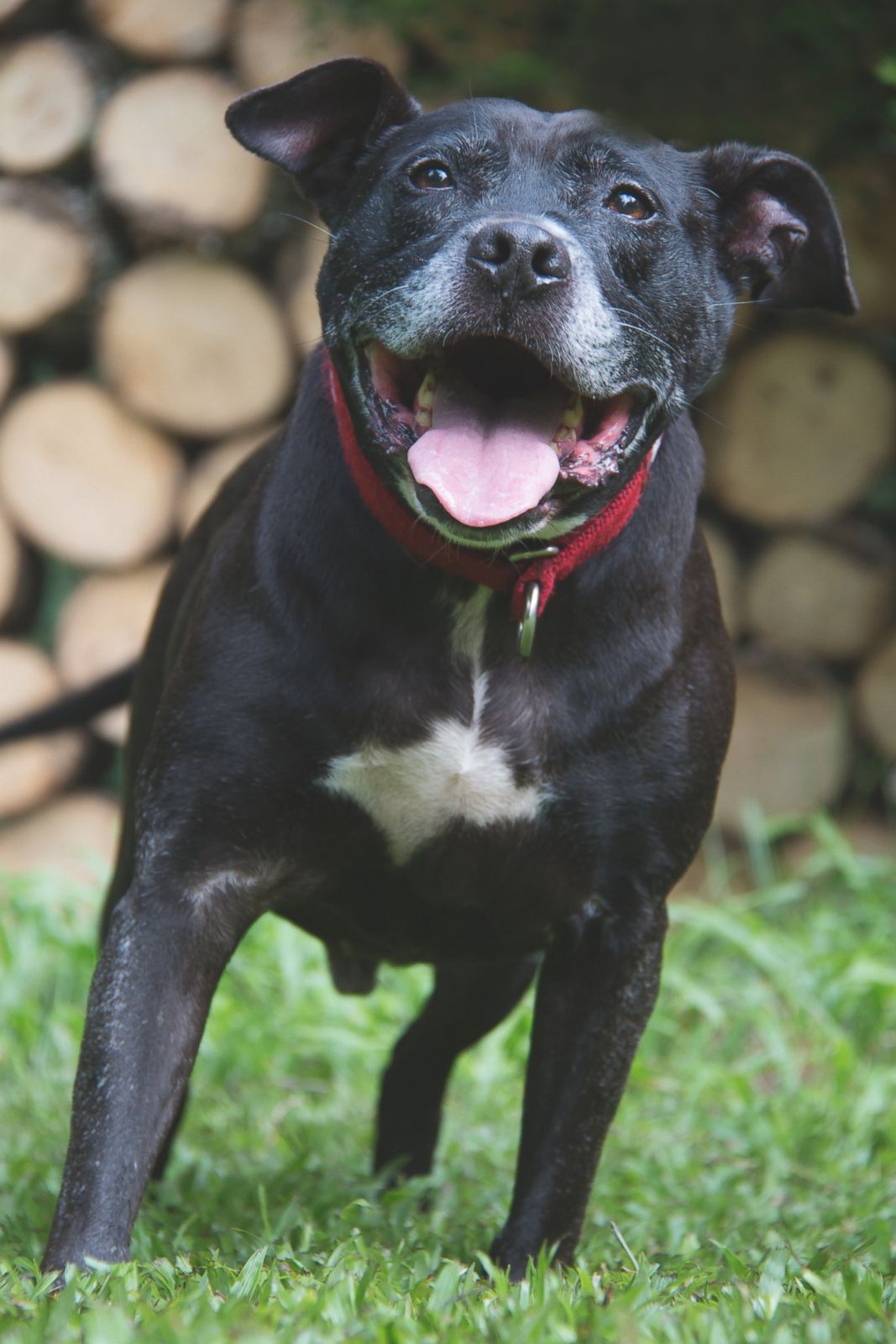
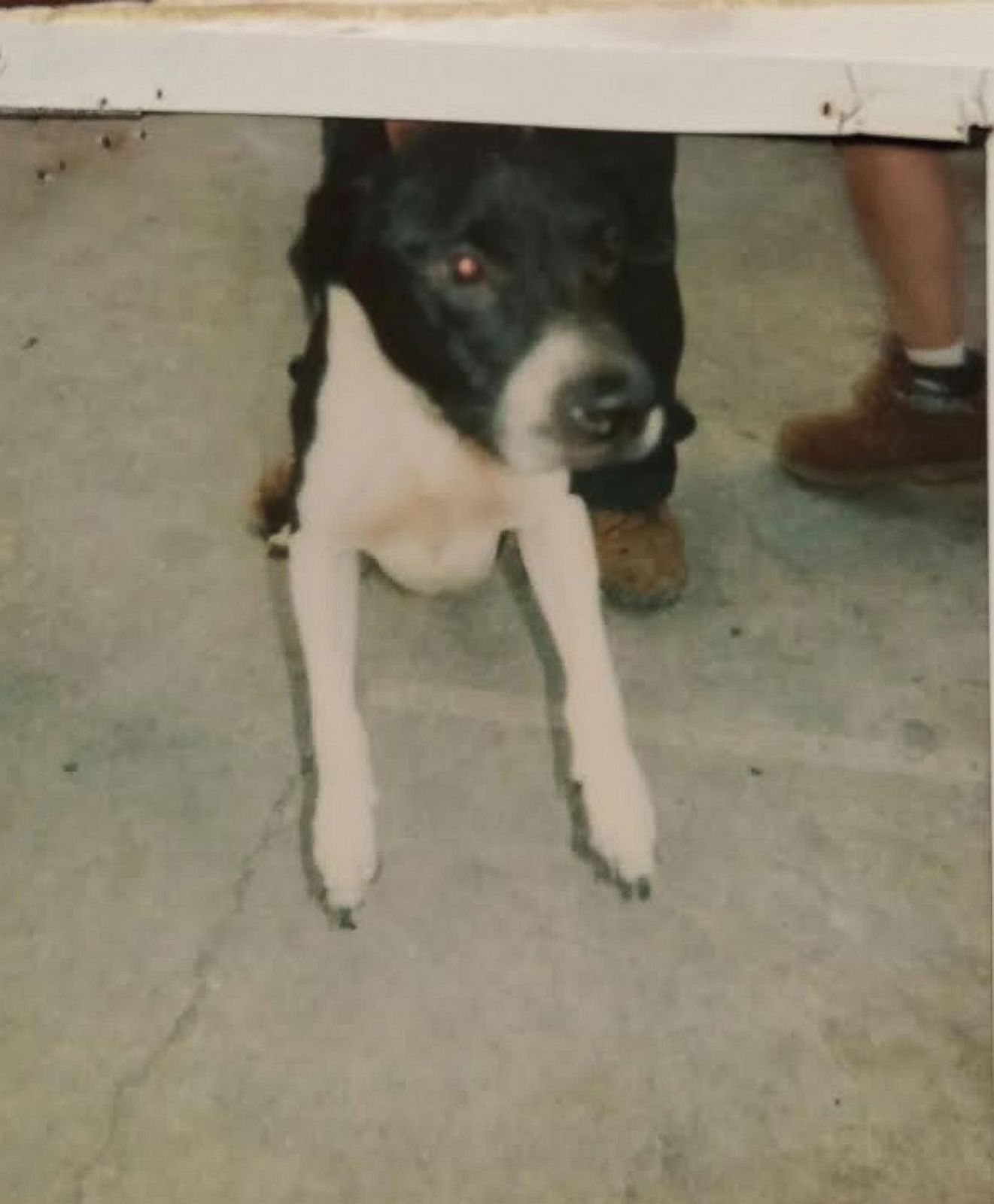
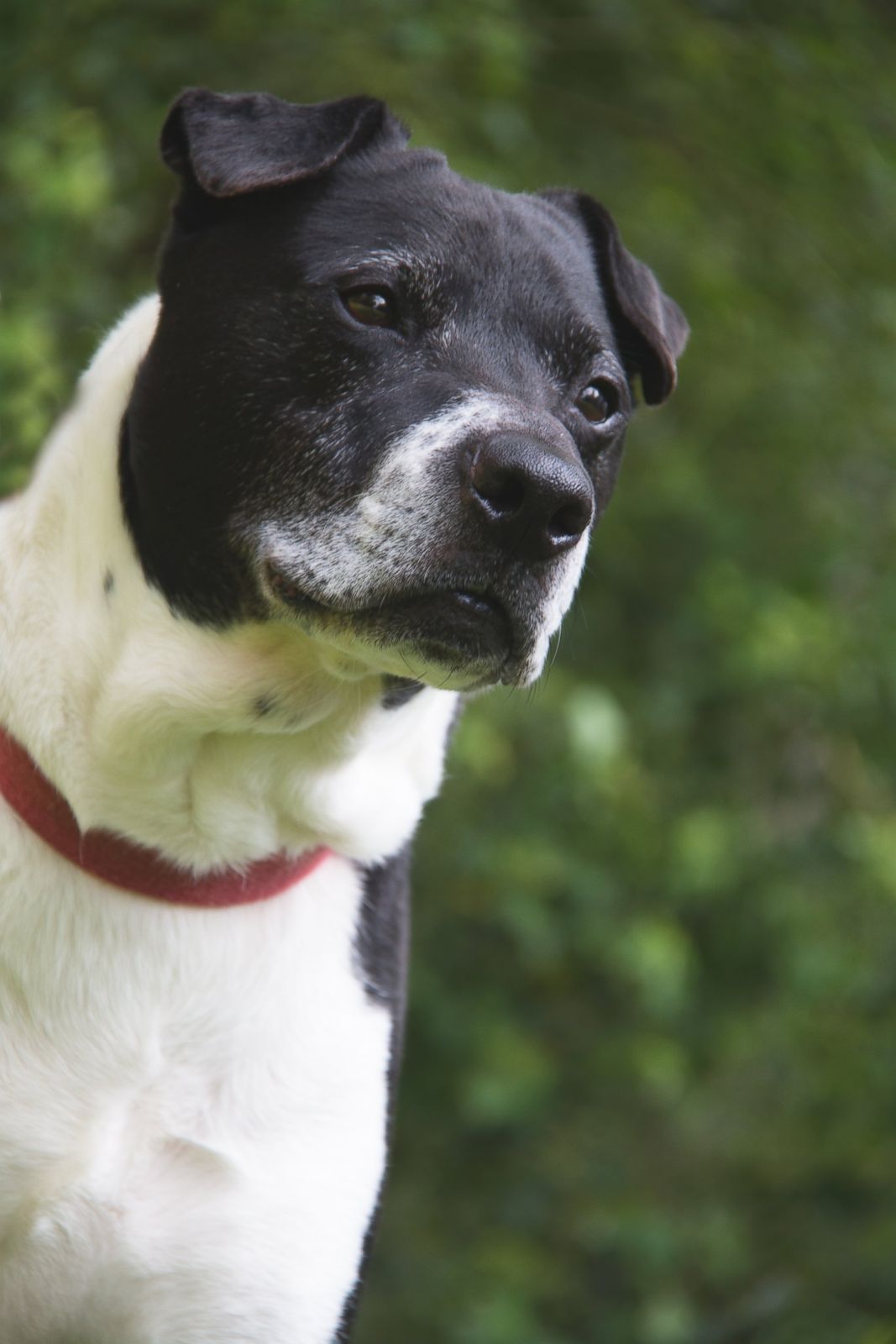
1 of 11
Villalobos Rescue Center was established to give pit bulls another chance. The center – which was founded by Tia Torres – moved to New Orleans from Los Angeles County, California, in 2012, due to the needs of dogs in the New Orleans area especially after the Katrina disaster. Many dogs in New Orleans were abandoned in the wake of the hurricane, and Villalobos works to provide necessary medical care and re-acclimate the dogs to prepare them for adoption. Villalobos Rescue Center places about 15 to 20 dogs each month in adoptive homes.
